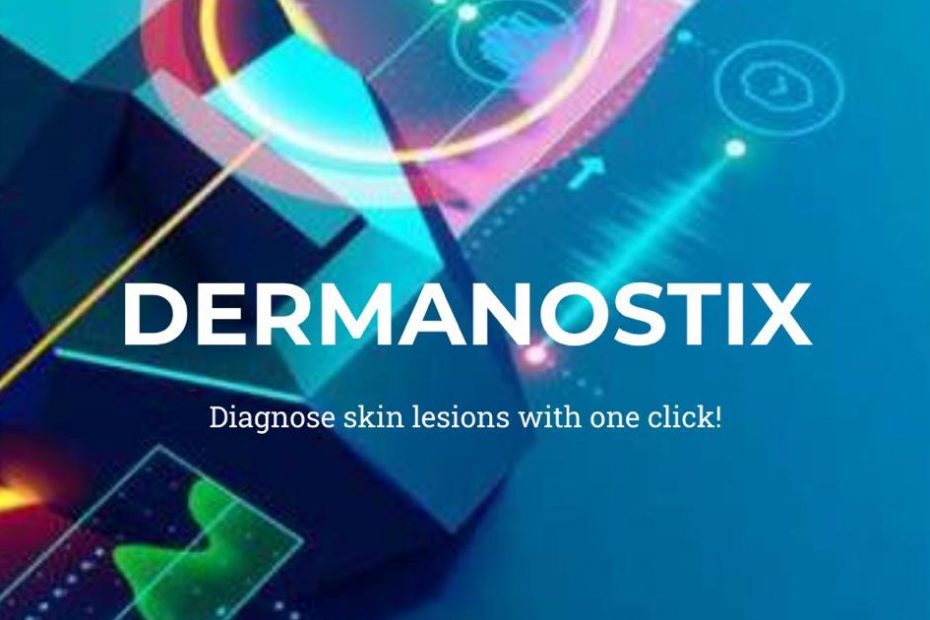This interview was conducted by Aniruddha and Divya Pochimcherla, co-founders of STEAMism. The interviewees were Pranav and Varun Srinivasan, co-founders of Dermanostix.
Question: Hey, everyone! Today, we are interviewing the co-founders of Dermanostix, Pranav and Varun. To get us started, tell us a little about yourselves.
Answer: Hi, I’m Pranav, and I’m a rising Senior at Westwood High School! Computer Science and Business are the primary fields I’m interested in. Dermanostix has been a meaningful part of my High School career, and we started it about nine months ago. I hope to attend the Massachusetts Institute of Technology eventually.
And I’m Varun, I’m a rising Junior now at Westwood High School. I’d like to pursue Computer Science, Math and do some form of Engineering. I’d like to attend Carnegie Mellon University.
Q: What does your product do?
A: Artificial Intelligence has a lot of sub-fields, and one of them is called Computer Vision. Computer Vision is basically analyzing images, either detecting parts of them or classifying them. So, our product uses Computer Vision to analyze lesions on someone’s skin, to determine what type of skin cancer they may have. So, it will detect the lesions on their skin, and then diagnose them specifically. They will receive treatment information, and will be informed about what the next steps to take are, so that it doesn’t become a major issue.
Q: What inspired you to create the product?
A: Actually, our mother is an oncologist, which is a cancer physician. She told us about the impact cancer has had on various people’s lives. We also learned about the growing viability of A.I. in the medical field, and we realized that Computer Vision, along with other A.I. algorithms, can make a significant difference, improving over some existing strategies, actually.
Q: Do you have any other mentors that helped you create the product?
A: I would say… not really. It was mostly just us.
Q: Where did you guys find the back-end data for the program?
A: So, there is a data set, a publicly available data set. It’s called ISIC, and it basically has a bunch of dermoscopic images, and that’s how we trained our model. We used the 2018 version, which is divided into 3 sub-datasets. Each one has about 10,000 images, which come from many different sources.
Q: Interesting. How did you put the program algorithm and constraints together?
A: So, it was very difficult, because there was a lot of coordinating between the front-end and back-end. You have to deal with the UI design, but also the machine learning component of it. It took a lot of time, structurally first to design the neural networks. Re-processing the data was the first big challenge we had. Finally, designing the UI, and then making sure the components worked. So we had to modularize the tasks. We also had to verify that the whole thing was working, which also took some time.
Q: Which clinics are using your product now?
A: In the Westlake area, the Baylor Scott & White Clinic there has started using our product. We are also working on partnering with the University of Texas at Austin’s dermatology branch, they have a research faculty branch, and our product could be of use to them.
Q: What are your goals for the product?
A: Our current goal is to partner with more clinics, along with improving the product and expanding its reach. You know, making it more generalizable and available to the general public.
Q: What are your plans for expanding the product?
A: The more people we can help with our product, the better. Our main goal for the product to expand its reach, like I mentioned. We are also trying to add more features to our product to help people find out about not just skin cancer, but other diseases too more rapidly than they would have before.
Q: Where do you see the impact of Artificial Intelligence in healthcare in a few years from now?
A: Over time, we will probably see Artificial Intelligence grow more and more. I think it is going be the main path and will be hugely influential. I think A.I. and healthcare can both benefit from each other.
STEAMism: Well, thank you guys so much for talking to us. We can’t wait to hear more from Dermanostix in the future!
Dermanostix: You guys are doing great stuff as well! Thanks for having us!
Dermanostix’s Mission Statement: “We at Dermanostix are dedicated to finding cost-viable and effective solutions to the existential threat of skin cancer. We have leveraged artificial intelligence to create an easy to use diagnostic tool to combat skin cancer, and we have partnered with local clinics. We are committed to bringing this tool to the wider public so that everyone can be safer.”
- An Interview with the Co-Founders of Dermanostix - August 14, 2020
- NASA & SpaceX’s Successful Space Launch - June 12, 2020
- Types of Engineering - June 10, 2020
